“We want mindfulness to be as common as brushing your teeth!” – Addie Wootten
The Dalai Lama once said, “if every 8 year old is taught meditation, we will eliminate violence from the world within one generation.”
Mindfulness has become much more relevant and effective in a constantly changing environment. Clinical psychologist Dr. Addie Wootten insists that inducting young children into the principles of mindfulness early on in education allows them to focus more in class, improve their learning outcomes and build healthier and more constructive relationships with all those around them. Addie is a well-known leader in delivering innovative programs to promote wellbeing. She is also the CEO of Smiling Mind.
The Global Search for Education is pleased to welcome Addie to talk about the numerous benefits of practicing mindfulness, the challenges to implementing good programs in classrooms, and how good practice can help every mind thrive in a modern world.
Mindfulness has been used by clinicians to treat stress, anxiety depression, eating disorders and addiction. Why isn’t mindfulness an important part of every student’s education?
We are passionate about bringing mindfulness into every classroom for exactly that reason. We envision a world where every young person has the skills and resources that they need to thrive. Mindfulness provides the foundation for young people to be mentally healthy and to build strong and compassionate relationships. It is this strong foundation that supports learning and academic success.
Over the last 5 years, there has been exponential growth in schools’ interest to implement mindfulness programs. However, this implementation has varied widely according to each school. It ranges from one teacher who is passionate about supporting their class using mindfulness techniques, to more systematic and structured programs spearheaded by the school leaders. We consider both approaches as equally important. Yet, it has proven to be passionate individual teachers who have been invaluable in helping us achieve what we have. Right now, we have over 45,000 Australian teachers subscribed to our mindfulness programs and resources to enhance their classrooms. Nevertheless, our aim is to eventually provide support to schools as institutions, rather than just individual teachers. Research shows an entire school participating in mindfulness techniques will yield a much larger impact. This will positively affect students, the culture and climate of the school, and teacher wellbeing. We even hope to reach beyond schools by encouraging parents to use mindfulness practices at home.
At the moment, wellbeing initiatives are often seen as secondary to a student’s academics. With such a large focus on educating students in STEM, most believe that mindfulness programs only detract from other, more important, areas of learning. On the contrary, mindfulness programs have a positive effect on students’ ability to perform in an academic context. We can only focus when our minds are calm and therefore our learning is optimized by improved mental health. I hope to see a change in attitude where mental wellbeing can be appreciated as supportive to academic learning.
Thinking of today’s context versus the past, what do you believe are the new skills youth need in an age of search, robotics and AI? How are the goals of your framework aligned with social and emotional learning in the age of AI?
Our modern world is more connected and unstable than ever before. The skills that students require are fundamentally different to the skills needed only a few generations ago. There has been a decrease of the stable and defined professions that had shaped the working world. Moreover, the development of Artificial Intelligence has rendered many jobs obsolete. As a result, there is an increasing need for students to develop general and transferable skills that can apply to the multiple different career paths. The future of work will rely on our ability to adapt, innovate and work creatively without defined borders or even stable workspaces.
Our programs are designed to encourage students to develop these skills while they are at school. These skills underpin essential social and emotional learning. We want to foster a growth mindset in children that makes them resilient and open to new experiences.
“We can only focus when our minds are calm and therefore our learning is optimized by improved mental health.” – Addie Wootten
Is mindfulness something that can be taught with toolkits and slides in a classroom? How do real world experiences enhance/amplify the learning?
Toolkits and slides are just the beginning. Initially, students need to be introduced to the foundational concepts and discuss them with their peers. Although peer-to-peer learning and debriefing is very important, it’s not until students are able to apply these concepts to the real world that they are able to appreciate the potential positive impact that mindfulness has on their life. Therefore, alongside meditation practices, we recommend mindfulness activities that clearly link mindfulness with everyday activities. This can be as simple as spending time in a garden or mindful movement activities, or more complex such as activities designed to build social relationships. We also encourage teachers to encourage students to use mindfulness more informally such as when they are interacting with their friends and when they’re at home. It’s amazing to see the impact that mindfulness has on young people, and how it encourages students to support each other.
What are the mindfulness learning skills needed at different points in a student’s learning journey?
Our programs are designed to support students of all ages. We recently launched our new Mindfulness Curriculum for primary school years. Our programs for young students are more focused on emotional awareness. These younger level programs provide foundational mindfulness skills such as focusing your attention, tuning into your emotions and listening to your body. As students mature we incorporate a variety of practices such as emotion regulation skills. Finally, as they mature into their senior years of school we focus on the integration of these ideas and concepts into real world experiences like exams, managing relationships and exploring personal values.
“We should look for opportunities to integrate mindfulness across the learning environment.” – Addie Wootten
Curriculum is “overloaded” and many believe kids are “overstressed” with required material. Do you see mindfulness education as another “add-on” or should it be part of school culture?
This is one of the biggest barriers for many teachers; there is already so much required material that they can never find the time for mindfulness programs. I hope that more teachers and school leaders will begin to consider mindfulness as inherently part of their school culture and teaching way, rather than considering it an add on. Schools that have been successful in doing this have actually found that it helps save time. For instance, schools that begin with a mindfulness session every day have displayed a significant decrease in the time needed to gather the attention of students across all subject areas. Teaching quickly becomes more efficient as students are focused and there are often less behavioral disruptions during class time.
Personally, I don’t think we have to choose between traditional curriculum and mindfulness sessions. Rather, we should look for opportunities to integrate mindfulness across the learning environment – even at the start of science or math class!
The movie, Room to Breathe, illustrates to me that not only do students need help with mindfulness education, teachers and parents who care for them need it too. In what ways does your framework nurture more of a community learning experience?
We believe strongly it is most effective to involve an entire school – that includes encouraging teachers to use mindfulness in their personal time when we train them, and also allowing parents to use techniques home with their children. Parents and teachers are hugely influential and we hope they will become mindfulness role models. It’s not until you feel the benefits of mindfulness yourself that you can truly teach young people to imitate you. Also, if we believe that mindfulness can help young people, why wouldn’t we want teachers and parents to reap the benefits as well? We have therefore committed time to developing programs and resources to support mindfulness in schools, in the home and in workplaces. We want mindfulness to be as common as brushing your teeth!
C M Rubin and Addie Wootten
Join me and globally renowned thought leaders including Sir Michael Barber (UK), Dr. Michael Block (U.S.), Dr. Leon Botstein (U.S.), Professor Clay Christensen (U.S.), Dr. Linda Darling-Hammond (U.S.), Dr. MadhavChavan (India), Charles Fadel (U.S.), Professor Michael Fullan (Canada), Professor Howard Gardner (U.S.), Professor Andy Hargreaves (U.S.), Professor Yvonne Hellman (The Netherlands), Professor Kristin Helstad (Norway), Jean Hendrickson (U.S.), Professor Rose Hipkins (New Zealand), Professor Cornelia Hoogland (Canada), Honourable Jeff Johnson (Canada), Mme. Chantal Kaufmann (Belgium), Dr. EijaKauppinen (Finland), State Secretary TapioKosunen (Finland), Professor Dominique Lafontaine (Belgium), Professor Hugh Lauder (UK), Lord Ken Macdonald (UK), Professor Geoff Masters (Australia), Professor Barry McGaw (Australia), Shiv Nadar (India), Professor R. Natarajan (India), Dr. Pak Tee Ng (Singapore), Dr. Denise Pope (US), Sridhar Rajagopalan (India), Dr. Diane Ravitch (U.S.), Richard Wilson Riley (U.S.), Sir Ken Robinson (UK), Professor Pasi Sahlberg (Finland), Professor Manabu Sato (Japan), Andreas Schleicher (PISA, OECD), Dr. Anthony Seldon (UK), Dr. David Shaffer (U.S.), Dr. Kirsten Sivesind (Norway), Chancellor Stephen Spahn (U.S.), Yves Theze (LyceeFrancais U.S.), Professor Charles Ungerleider (Canada), Professor Tony Wagner (U.S.), Sir David Watson (UK), Professor Dylan Wiliam (UK), Dr. Mark Wormald (UK), Professor Theo Wubbels (The Netherlands), Professor Michael Young (UK), and Professor Minxuan Zhang (China) as they explore the big picture education questions that all nations face today.
The Global Search for Education Community Page
C. M. Rubin is the author of two widely read online series for which she received a 2011 Upton Sinclair award, “The Global Search for Education” and “How Will We Read?” She is also the author of three bestselling books, including The Real Alice in Wonderland, is the publisher of CMRubinWorld and is a Disruptor Foundation Fellow.
Follow C. M. Rubin on Twitter: www.twitter.com/@cmrubinworld

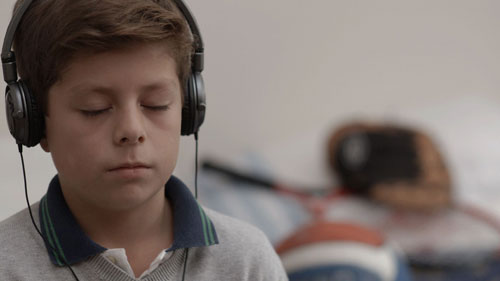
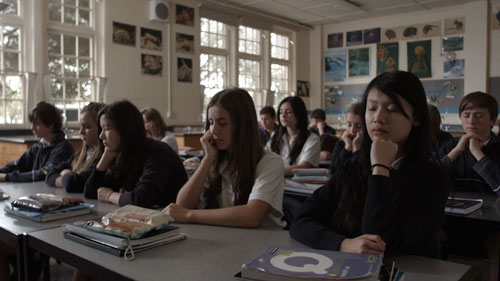

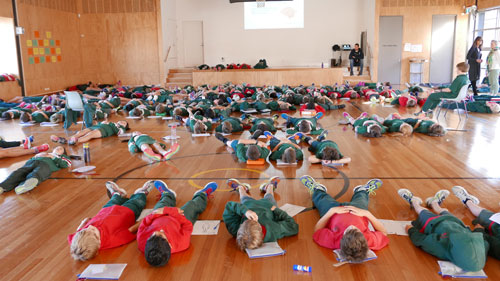
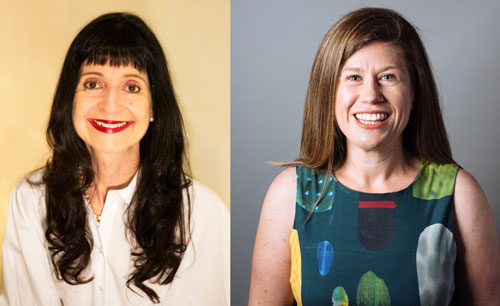
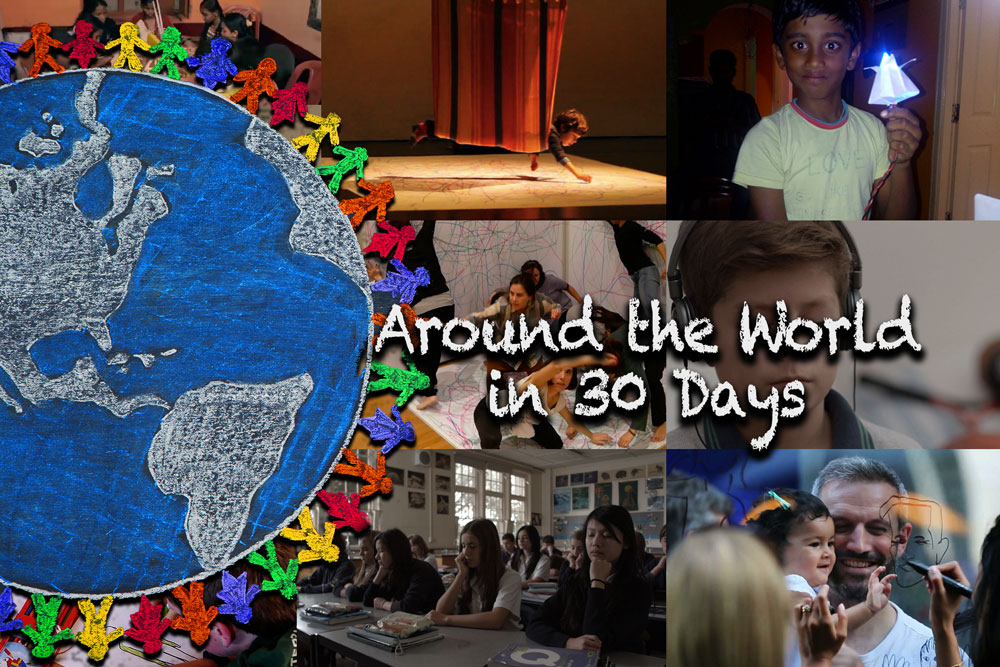
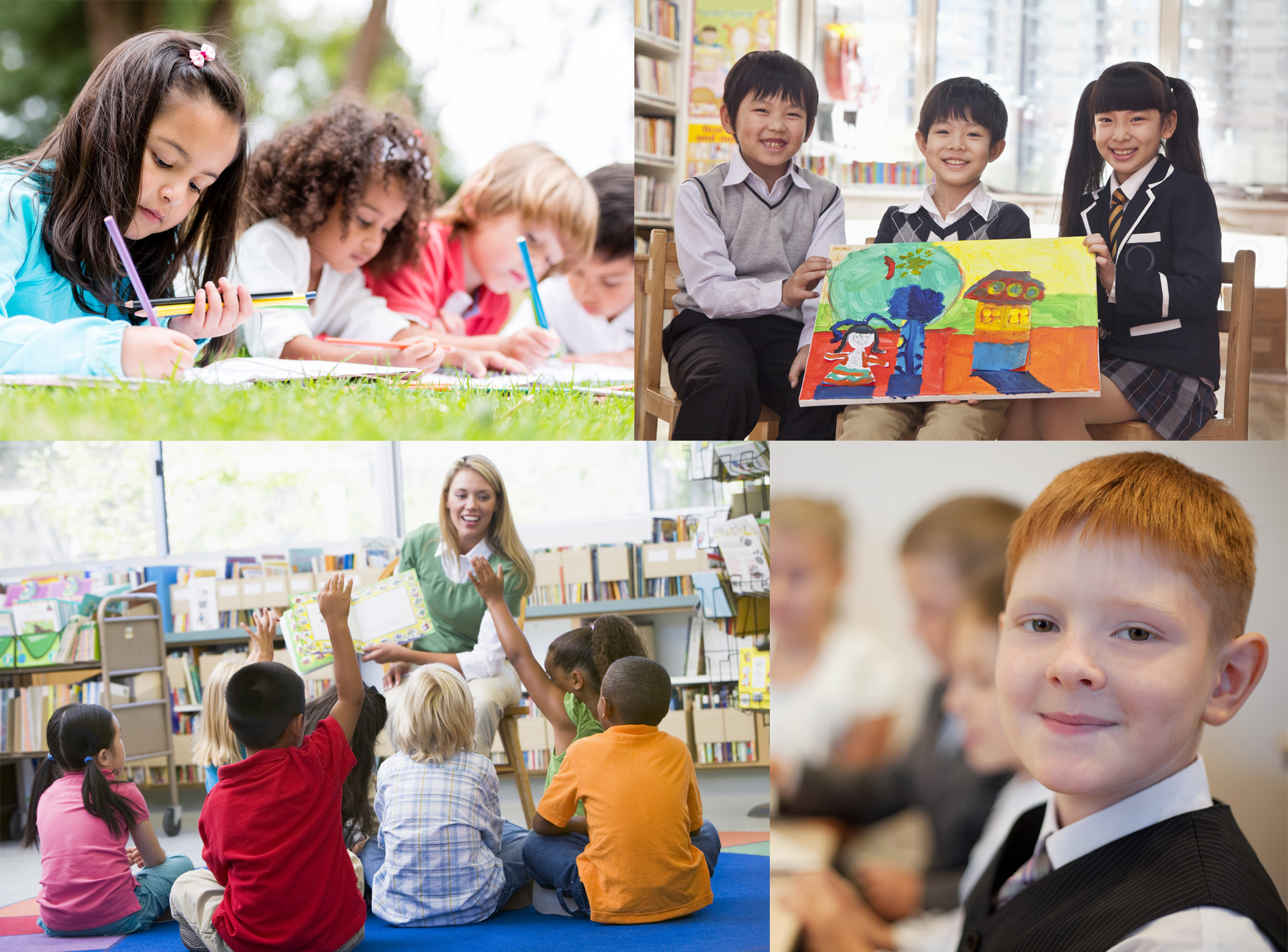
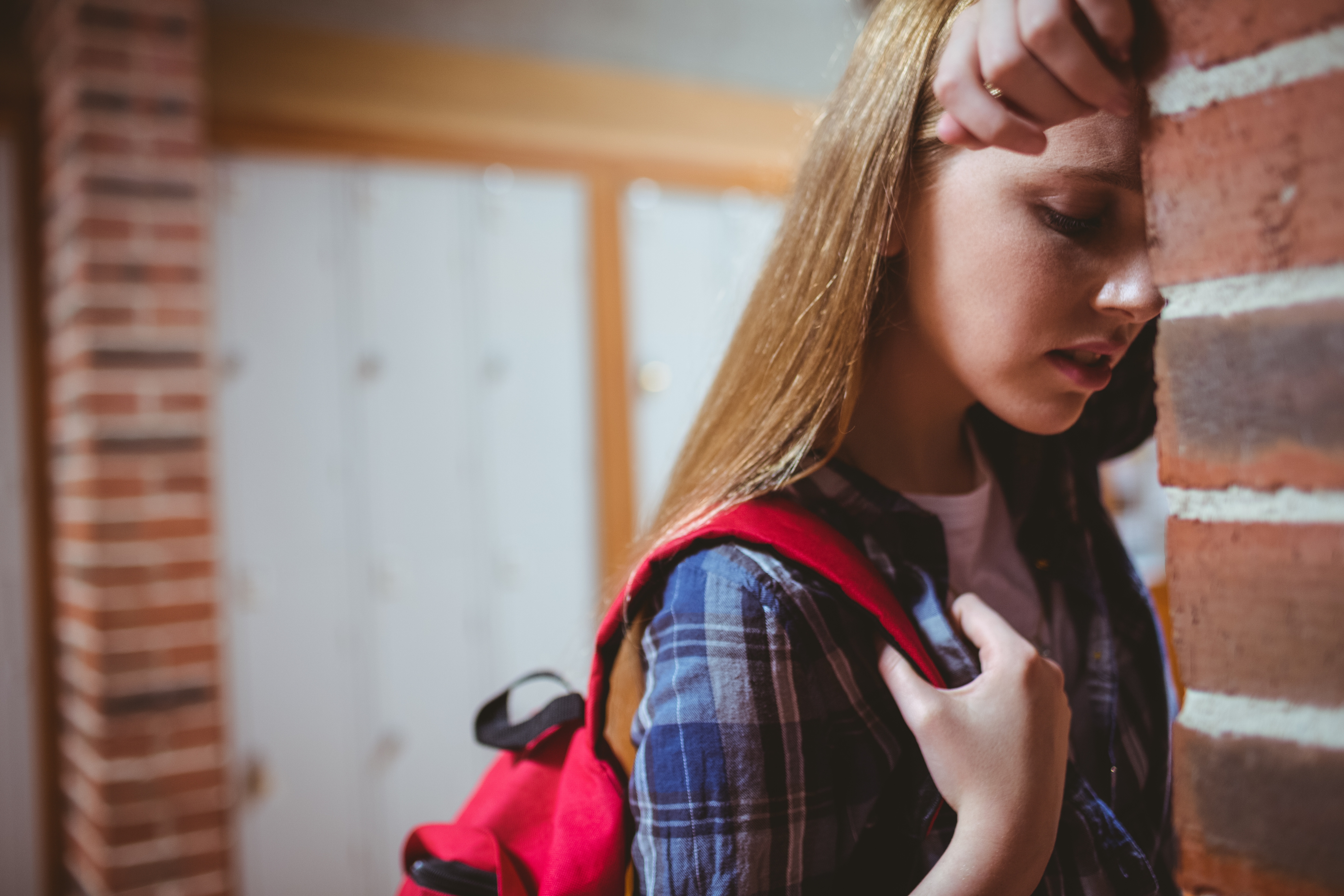
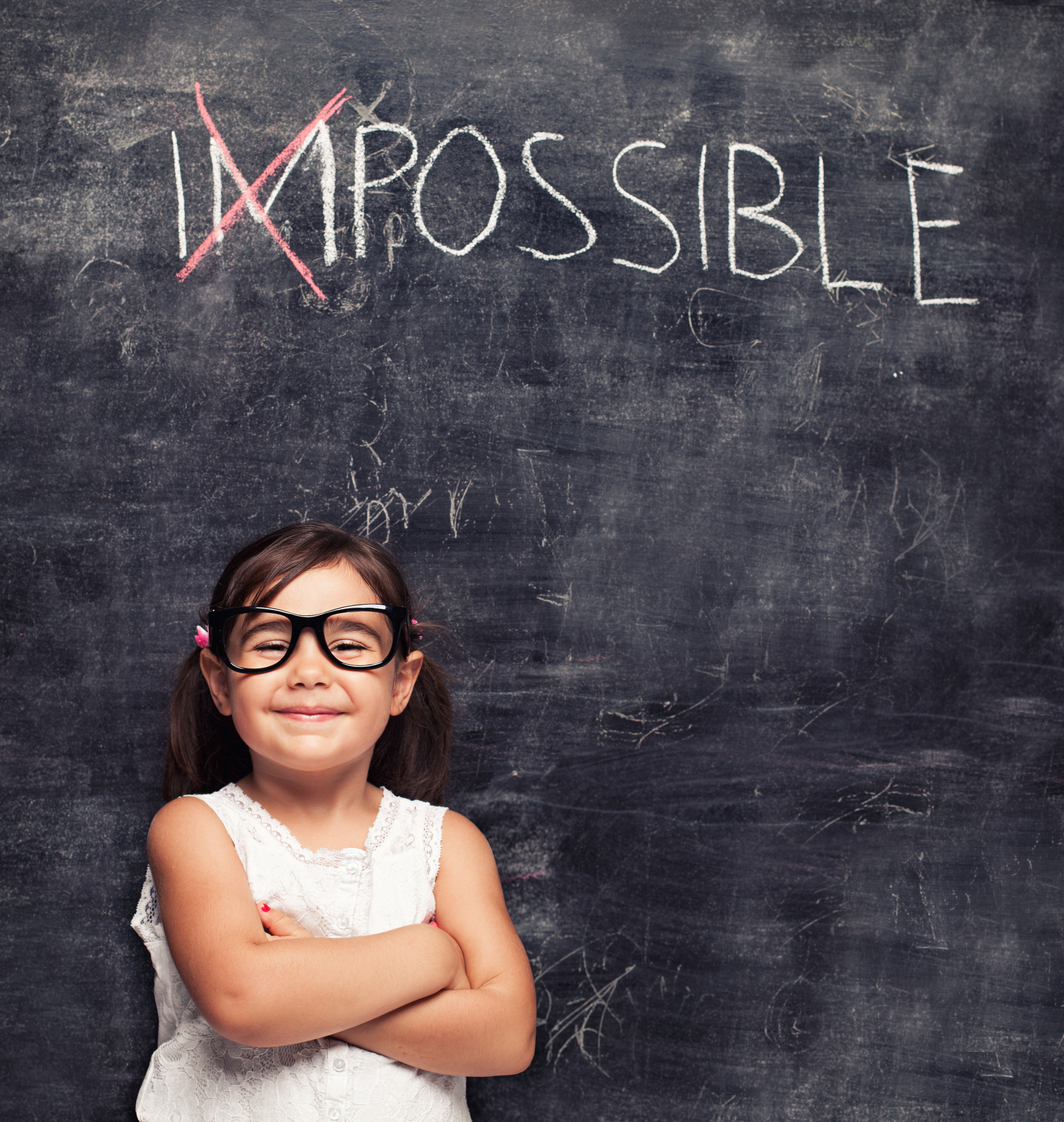
Recent Comments